Fengrui F3E 3.5ton 3.7-mita kotahi-rarangi kotahi-Van miihini miihini miihini Van
| Puka taraiwa | 4X2 |
| Retilbase | 3600mm |
| Pouaka Pouaka | 3.7 mita |
| Te roa o te waka | 5.76 mita |
| Whanui waka | 1.8 mita |
| Te teitei o te waka | 2.67 mita |
| Tapeke papatipu | 3.495 tārewa |
| Utaina | 1.315 tārewa |
| Te taumaha waka | 2.05 tārewa |
| Tere tere | 80km / h |
| Te whānuitanga o te wheketere | 310km |
Ngā Kāwai: Taraka cargo eletric, Taraka van maroke
Whakarāpopototanga
Te Fengrui F3E 3.5ton 3.7-mita kotahi-rarangi kotahi-Van miihini miihini miihini Van is a compact and efficient vehicle designed for urban delivery and light transportation tasks.
1. Te hiko hiko me te kaha
- It is a pure electric micro-truck, emitting zero emissions during operation, which is environmentally friendly. With a capacity to carry up to 3.5 tārewa, it can handle a moderate amount of cargo.
- The 3.7-meter single-row design offers a balance between cargo space and the vehicle’s compact size, making it suitable for navigating through narrow urban streets and alleys.
2. Te whānuitanga me te utu
- Ko te waka ka whai waahi tetahi waahanga mo te utu kotahi, e tika ana mo te poto- to medium-distance trips within the city. Ka tae mai me te punaha tohatoha e taea ai te tuku i te waatea, whether at home or at public charging points.
3. Ngā Wāhanga Tono
- I nga taone nui, it is ideal for last-mile deliveries, pērā i te kawe i ngā pāhare, small furniture, and groceries. It can also be used by small businesses for local distribution of their products.
- Its compact size allows it to access areas where larger vehicles may have difficulty reaching, enhancing the efficiency of urban logistics.
4. Te wheako taraiwa me te whakamarie
- Ko te CAB kua hoahoatia me te taraiwa taraiwa i roto i te hinengaro, Ko te whakaata i te ergonomic ki te whakaiti i te ngenge i nga wa roa. Ko nga mana o te mana he ngawari noa iho, Ka taea e te taraiwa te whakahaere i te waka. The quiet operation of the electric motor provides a more pleasant driving environment compared to traditional fuel-powered micro-trucks.
Ngakau
Te Fengrui F3E 3.5ton 3.7-mita kotahi-rarangi kotahi-Van miihini miihini miihini Van is a versatile and practical vehicle with several distinct features that make it well-suited for urban transportation and light commercial use.
1. Te punaha whakangao hiko
- Zero Emissions and Environmental Sustainability: Hei waka hiko parakore, the Fengrui F3E offers a significant environmental advantage by producing zero tailpipe emissions during operation. This not only helps in reducing air pollution in urban areas but also aligns with the global trend towards sustainable transportation solutions. It is an ideal choice for businesses and individuals looking to reduce their carbon footprint and contribute to a cleaner environment.
- Te Mana me te Mahi: The electric powertrain is designed to provide sufficient power to handle a 3.5-ton load capacity. It offers decent acceleration and can easily navigate through urban traffic conditions. Ko te motuka pea he pai, he pono hoki, te whakarite i te mahi maeneene me te mahi tonu. Ka whakauruhia ano hoki te hangarau matatau penei i te riihi whakahoutanga, e awhina ana ki te whakaora i te kaha i te wa e tinihanga ana me te hau, na reira ka whakapiki ake i te kaha o te kaha o te waka me te whakawhānui i tana whānuitanga.
- Nga Mahi Haumaru: Ko tetahi o nga painga kaore e paingia mo te motuka hiko ko tana mahi whakamarie. The Fengrui F3E runs quietly, Te whakaiti i te aukati haruru i nga taiao taone nui. This makes it more suitable for operations in residential areas and during early mornings or late evenings without causing excessive disturbance to the surrounding community. He wheako nui ake i te taraiwa mo te taraiwa me te taiao maamaa mo nga kaieke haereere me nga kainoho tata.
2. Te waahi o te motuka me te hoahoa
- 3.7-Whirihoranga kotahi-raina: The 3.7-meter cargo area with a single-row design provides a practical and efficient solution for transporting goods. Ko te tahora-raina kotahi e taea ai te uru atu ki te waahi waka, Te whakahaere i te uta me te tango i nga mahi. Ka taea e ia te whakauru i nga momo momo waka, including small to medium-sized packages, light furniture, and other items commonly used in urban delivery and light commercial applications. The design optimizes the vehicle’s maneuverability in tight urban spaces, kia ngawari ake te whakatere i nga huarahi kuiti, whaihua, me te waahi waka waka.
- Te tinana roa me te mahi mahi: Ko te tinana o te taraka ka hangaia me nga rauemi kounga nui hei whakarite kia mau tonu te kaha me te kaha. Ka taea e te tu tonu nga paanga o te whakamahi i ia ra me nga taumaha taumaha, whakarato i te ora ratonga roa. Ko te rohe o te waka ka taea te whakakii i nga ahuatanga penei i nga tohu-a-waewae, Hei whakapumau i nga waka i te wa o te kawe me te aukati i te neke, te neke ranei. The van-like design provides better protection for the cargo from the elements, te whakarite kia noho tonu nga taonga i te waa o te whakawhitinga. Tāpiritanga, the body may be designed with aerodynamic considerations to improve energy efficiency and reduce wind resistance, further enhancing the vehicle’s performance.
- Hoahoa Ergonomic mo te uta me te utaina: I hangaia te waka me te ergonomics i roto i te ngakau kia pai ai te mahi me te tango i nga mahi me te waatea me te waatea. He iti pea te teitei o te uta, whakaheke i te kaha e hiahiatia ana kia utaina me te tango i nga taonga taimaha. Ko te aroaro o nga ramps, etahi atu awhina ranei ka kaha ake te whakarei ake i te ngawari o te whakahaeretanga, Te penapena wa me te mahi. Ko te whakatakotoranga o roto o te rohe waka ka arotauhia ki te whakanui i te whakamahinga o te waahi me te tuku i te taapiri me te whakaritenga o te kawenga, te whakapai ake i te kaha o te whakahaere.
3. Pākahiko me te whānuitanga
- Te kaha o te pākahiko me te awhe: The Fengrui F3E is equipped with a battery that provides a suitable range on a single charge. He mea nui te awhe mo tana whai hua i te taone nui, allowing it to cover a significant distance within the city for various delivery and transportation tasks. Ka taea e te whānuitanga tonu te rereke ki te maha o nga ahuatanga, pēnei i te kāhua taraiwa, Nga tikanga rori, utunga, me te pāmahana taiao. Hoianō, it is designed to meet the requirements of typical urban operations, such as last-mile deliveries and short- to medium-distance trips between distribution centers and retail stores.
- Kōwhiringa utu me te waatea: Ka haere mai te waka me te maha o nga whiringa ka tohatoha kia rite ki nga hiahia kaiwhakamahi rereke me nga ahuatanga. Ka taea te whakawakia ma te whakamahi i te papa hiko o te whare paerewa, e waatea ana mo te wa o te po e tohatoha ana i te depot, i te kaainga ranei o te taraiwa. Tāpiritanga, He mea hototahi ki nga teihana kahui a te iwi, Te whakarato i te waatea mo te tere tere i te ra. Ko etahi tauira ka taea hoki te tautoko i nga kaha tere-utu, tuku i te pākahiko kia utua ki te tatauranga nui i roto i te waa poto. Ma tenei ka whakaiti i te heke me te whakanui i te waatea o te waka, ensuring that it can be back on the road quickly and efficiently to meet the demands of urban logistics.
4. Nga waahanga haumaru me te whakahaere
- Nga punaha haumaru matatau: Ko te taraka kei roto i te whānuitanga o nga waahanga haumaru hei whakarite i te haumaru o te taraiwa, utanga, me etahi atu kaiwhakamahi rori. Kei roto pea i nga punaha mo te aukati anti-kati (Akonga), e arai nei i nga wira mai i te kati i te wa e whiti ana, Te whakamana me te mana whakahaere. Te mana pupuri hiko (Edg) Kei te noho ano hoki nga punaha hei awhina i te pumau o te waka ki nga momo taraiwa, ina koa i te wa o te whakatipu, i te huringa ohorere ranei. Tāpiritanga, He waahi pea he ahua penei i te punaha aukati i te aukati, te punaha whakatupato ara ranei hei whakarato i nga tohu arataki me te awhina ki te taraiwa, te whakaiti i te tūponotanga o nga aituā.
- Te urungi tika me te Mana: Ko te punaha urungi i hangaia mo te tika me te whakautu, tuku i te taraiwa kia ngawari te whakahaere i te waka i nga waahi taone nui. Ko nga mana whakahaere he i hangaia me te isgonomically, te whakarite kia taea e te taraiwa te whakahaere i te waka me te ngawari me te maia. Ko te punaha paraharaha he pono, he pai hoki te mana o te mana, Te whakatairanga ake i te mahi haumaru a te waka. Kei te waka ano hoki he ahuatanga penei i te punaha awhina-tiimata, e aukati i te waka mai i te hurihuri whakamuri i te wa e tiimata ana i runga i te waa, Te taapiri i tetahi paparanga mo te haumaru me te waatea, especially in hilly urban areas.
- Kitea me te rama: He mea nui te kitenga pai mo te taraiwa haumaru, and the Fengrui F3E is likely equipped with large windows and well-positioned mirrors to provide a clear view of the surrounding environment. Akene he nui rawa nga punaha rama-kounga nui, tae atu ki nga upoko, taillights, me te huri i nga tohu, Hei whakarite i te whakakitenga i roto i nga tikanga rama katoa, ina koa i te po, i te rangi koretake ranei. Ko nga upoko pea kei roto i nga waahanga penei i te / i runga i te maamaa ranei ki te whakarereke i nga ahuatanga taraiwa me te whakapai ake i nga kaiwhakamahi rori.
5. He whakamarie a te taraiwa me te waatea
- Hoahoa takirua: Ko te roopu taraiwa e hangaia ana me te ergonomics i roto i te ngakau ki te whakarato whakamarie nui i nga haora mahi roa. He pai te noho i te noho ki te pai o nga rahi o te tinana me nga manakohanga a te tinana, A ka hangaia pea hei whakarato i te tautoko LumbAr pai ki te whakaiti i te ngako. Ka taea hoki te aukati i te riihi mai i te haruru me te wiri, Te Hangaia he Maatauranga me te Tino Mahi Pai mo te taraiwa. Ko te roto ka taea te whakakii i nga taonga penei i te punaha whakahaere o te huarere kia mau tonu ai te pāmahana i roto i te roopu, Ahakoa he aha nga ahuatanga o waho.
- Nga taonga whaihua me nga mana whakahaere: Ko te papatohu me nga mana whakahaere kua hangaia hei hoa-kaiwhakamahi me te mohio. Ka taea e te taraiwa te uru ki te mahi me te whakahaere i nga mahi nui penei i te tere, Tohu Taumata Taumata, me te tohatoha whakaaturanga. Te pūnaha Infotainment, Mena kei te waatea, Kei roto pea i nga waahanga penei i te hononga Nihokikorangi mo te karanga-kore-a-ringa me te rere oro, Te taapiri i te waatea me te whakamarie o te taraiwa. Ka taea hoki e te waka te whai waahi penei i te kamera whakaoho i te kaimera hei awhina i te taraiwa i te wa e pa ana ki te waahi, te whakaiti i te tūponotanga o te kohinga me te whakapai ake i te wheako taraiwa.
- Te rokiroki me nga taonga: Ma te taraiwa ka tuku i nga waahanga rokiroki mo te taraiwa kia mau tonu nga taonga whaiaro me nga tuhinga e pa ana ki te mahi. Tērā pea he taonga taapiri pēnei i te kaipupuri kapu, he paepae rokiroki, he tauranga whakapae USB ranei ki te whakarei ake i te waatea o te taraiwa. Ka whakaarohia pea e te hoahoa o te waka te hiahia o te taraiwa o te taraiwa mo nga tikanga me uru ki nga mana whakahaere, te whakarite kia tere haere nga mea katoa ka taea te whakahaere me te kore e tino kaha, te whakapai ake i te wheako taraiwa katoa me te whakaiti i te ngenge o te taraiwa.
Whakataetae
| Nga korero taketake | |
| Tauira Whakakite | ZB5030XXYBEVDDE1 |
| Tuhinga | Mai i te taraka waka |
| Puka taraiwa | 4X2 |
| Retilbase | 3600mm |
| Pouaka Pouaka | 3.7 mita |
| Te roa o te waka | 5.76 mita |
| Whanui waka | 1.8 mita |
| Te teitei o te waka | 2.67 mita |
| Tapeke papatipu | 3.495 tārewa |
| Utaina | 1.315 tārewa |
| Te taumaha waka | 2.05 tārewa |
| Tere tere | 80km / h |
| Te whānuitanga o te wheketere | 310km |
| Taumata Tonnage | Taraka tara |
| Te takenga mai | Zichuan District, Shandong Province |
| Momo wahie | Hiko tika |
| Mīhini | |
| Motuka Motuhake | Geely |
| Tauira motuka | TZ185XSMJ1 |
| Momo Momo | Motuka Motuhake Motuhake |
| Te Mana Whakatau | 40kw |
| Te mana tihi | 90kw |
| Kāwai Fuel | Hiko tika |
| Nga tohu Pouaka Pouaka | |
| Puka Pouaka Pouaka | Tuhinga o mua |
| Te roa o te pouaka pouaka | 3.7 mita |
| Te Whanui Pouaka | 1.75 mita |
| Te teitei o te pouaka pouaka | 1.7 mita |
| Taputapu Cabin | |
| Whanui Cabin | 1600 mirora (mm) |
| Tuhinga o mua | 2 iwi |
| Te maha o nga rarangi nohoanga | Kotahi rarangi |
| Chassis chassis | |
| Utaina te uta i te toki o mua | 1150kg |
| Utaina te uta i runga i te toki muri | 2345kg |
| Tateatea | |
| Tapahi potae | 185R15lt 6PR |
| Tuhinga o mua | 6 |
| Pāka hiko | |
| Tohu Pūhiko | EVE |
| Momo Pūhiko | Lithium rino phosphate pākahiko |
| Te kaha pākahiko | 61.82kwh |
| Whirihoranga Mana | |
| Te riki abs Anti-Lock | ● |
Waiho te tuatahi ki te arotake "Fengrui F3E 3.5ton 3.7-mita kotahi-rarangi kotahi-Van miihini miihini miihini Van” Whakakorehia te whakautu
Ngā hua e pā ana
Taraka cargo eletric
Taraka cargo eletric
Taraka cargo eletric
Taraka cargo eletric
Taraka cargo eletric
Taraka cargo eletric
Taraka cargo eletric
Taraka cargo eletric
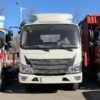
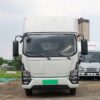
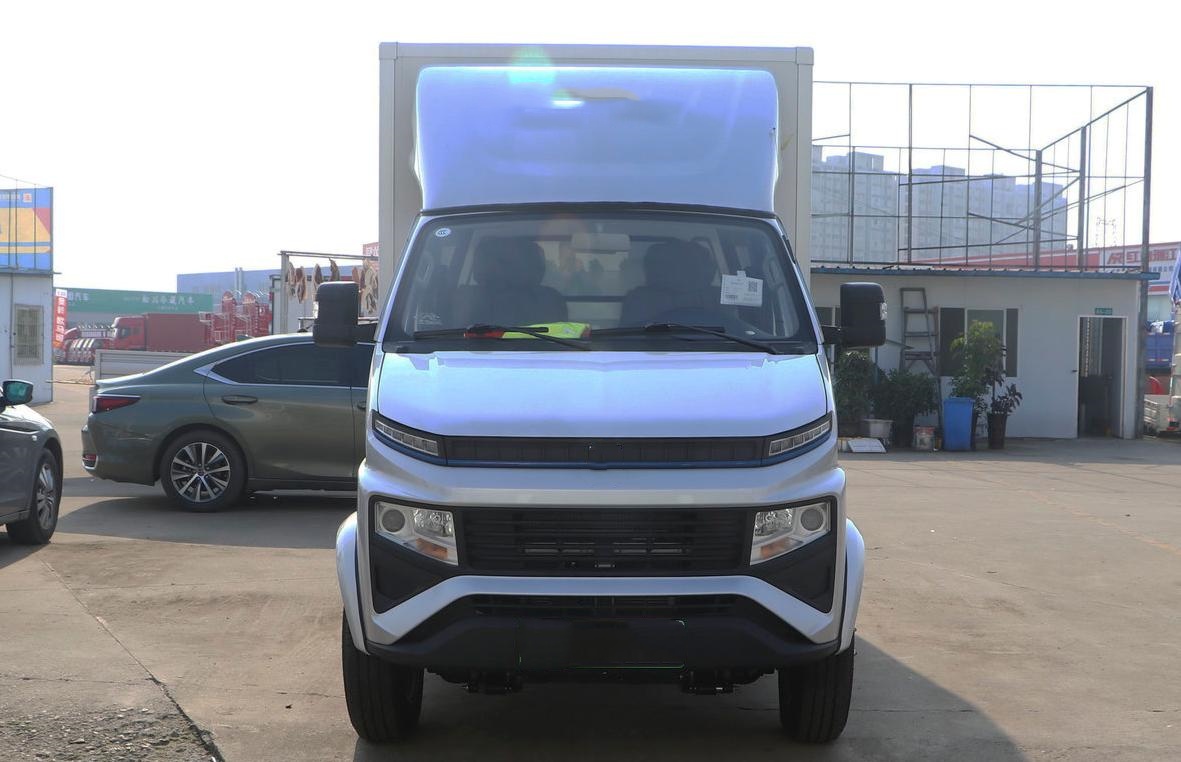
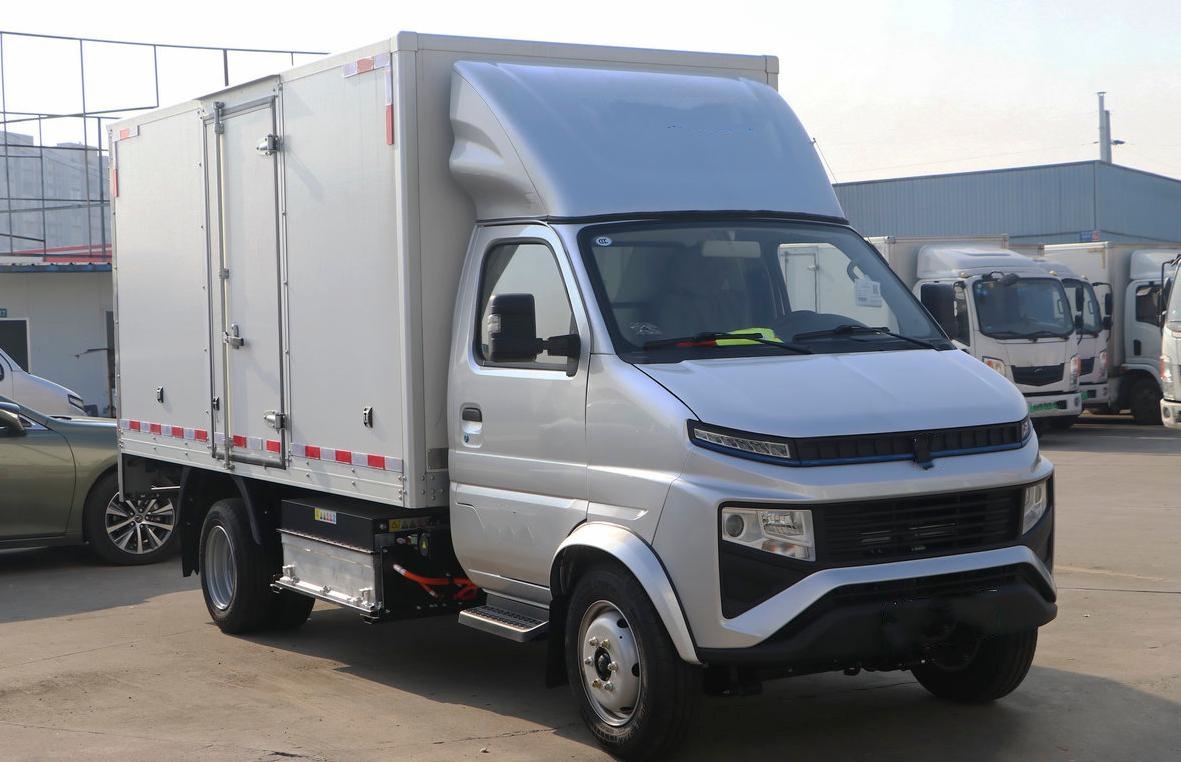

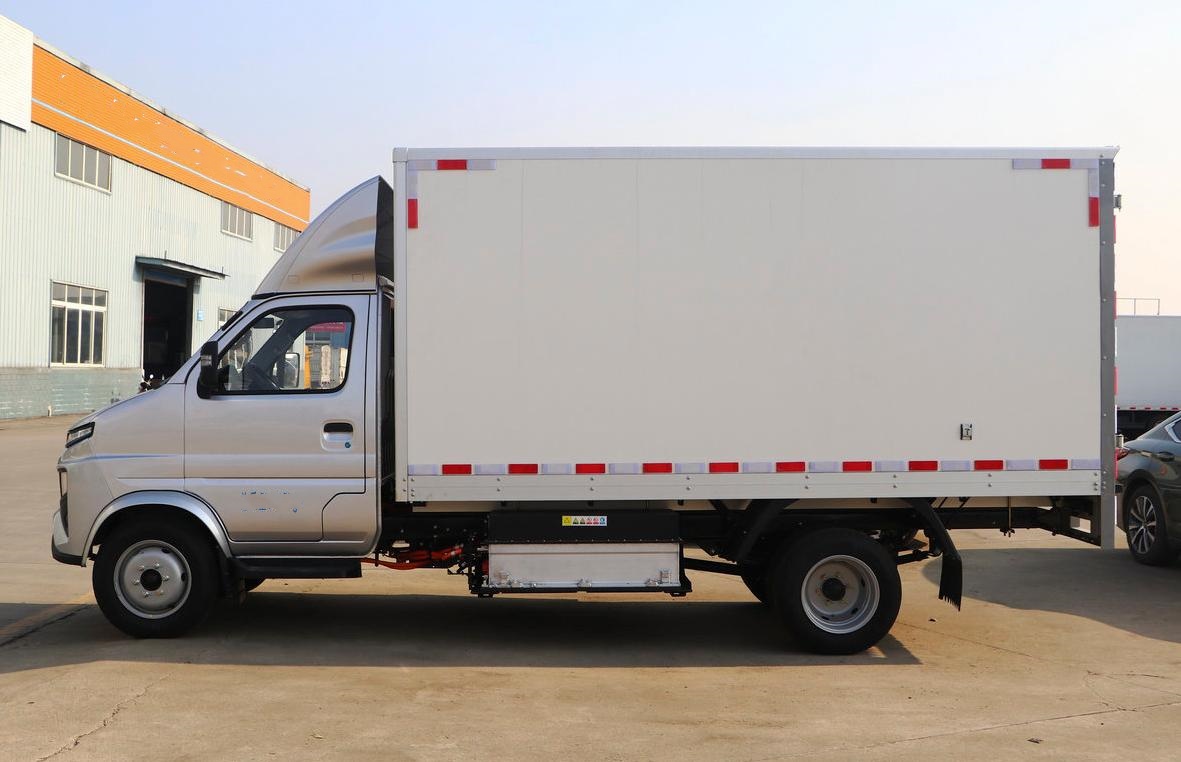
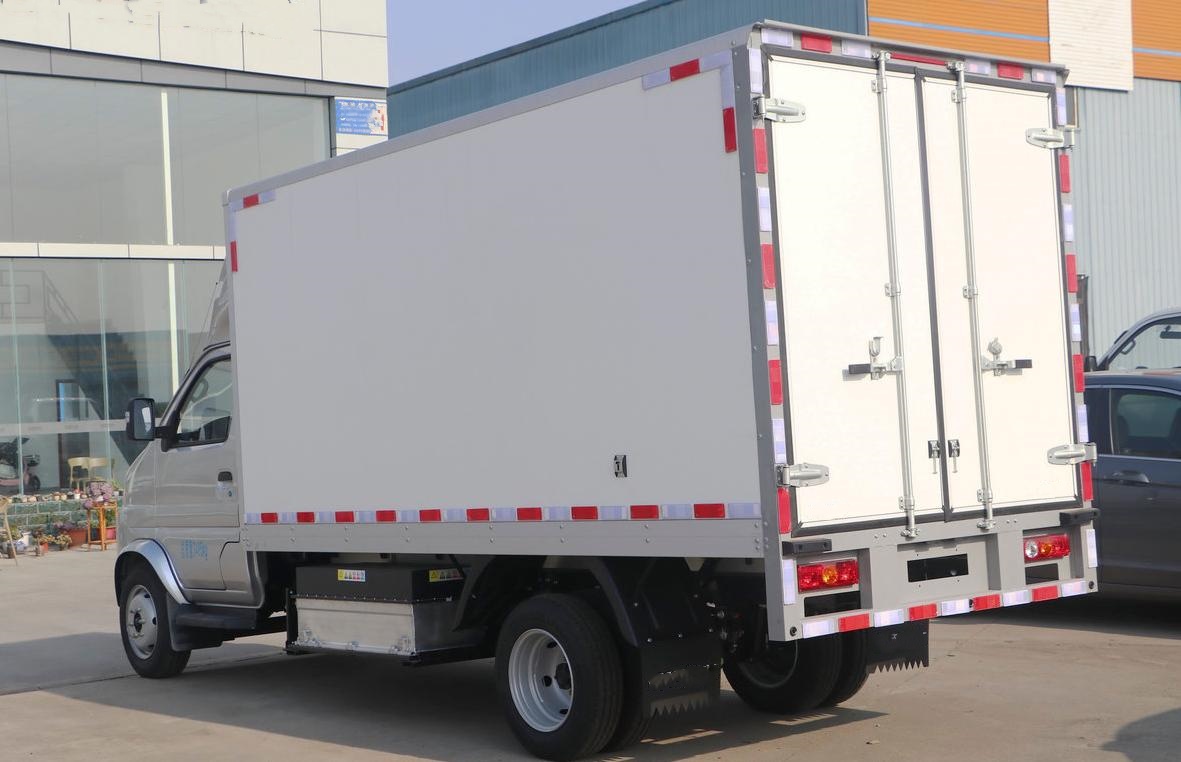

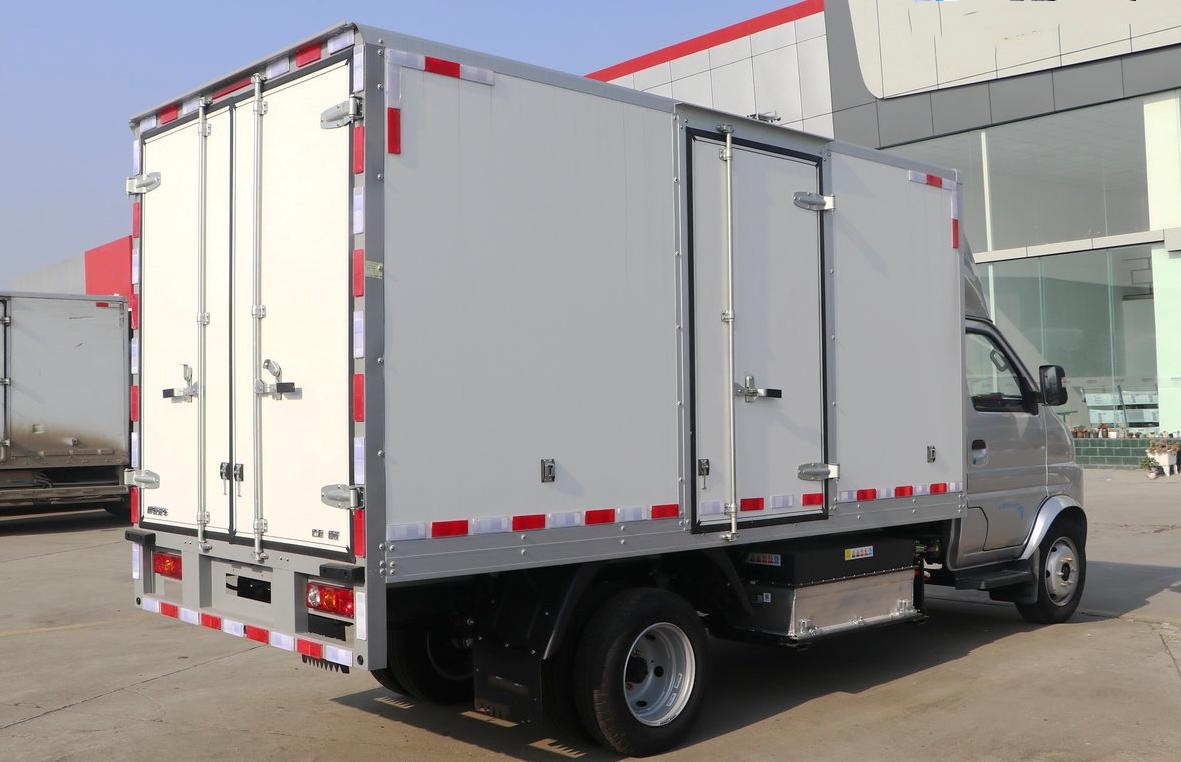


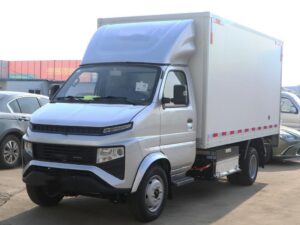



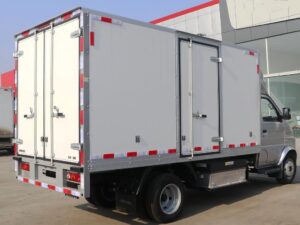




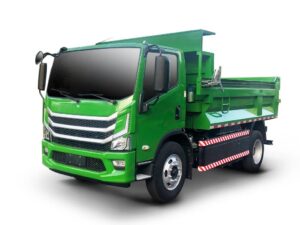



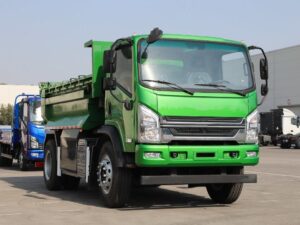





Arotake
Kaore ano kia arotake.